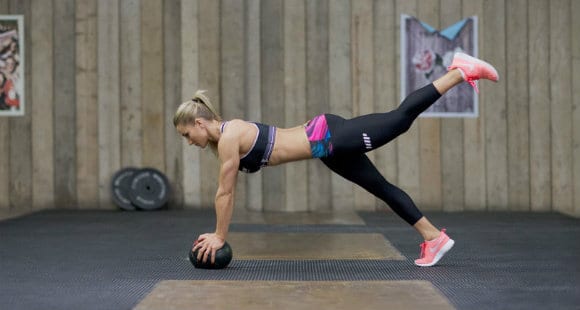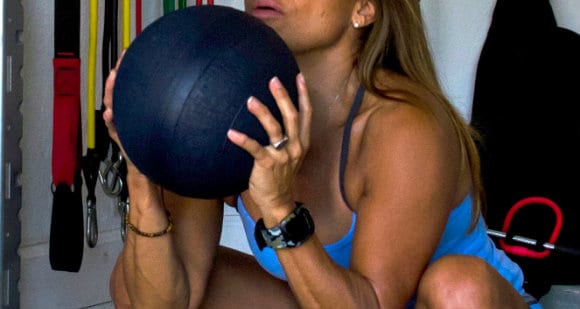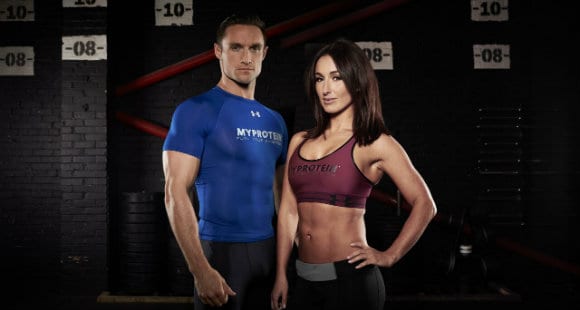By the healthiergang writer , student in Medicine and Surgery.
Medicine Ball
La medicine ball is a functional tool used by a wide range of athletes from all types of sports.
Its use dates back to 1874 used as a rehabilitation tool or as a tool for increasing explosive strength and speed., globally improving the athleticism of the subject; there are testimonies of its use also in ancient Greece with Hippocrates, where it was used for rehabilitation and rehabilitation purposes: at the time they were made up of an envelope of animal skin and filled with sand.
Its modern use also provides for the approach of lower age groups exercise with weights and use in safety even for elderly people who have poorer mobility but in this way still give a good degree of resistance.
It is certainly a very versatile tool that guarantees minimum bulk with maximum yield. Both gyms and home fitness lovers should have at least one to use to break the usual exercise routine, to perform a slightly different warm up or to have fun with your training partner.

Structure and Types
Among modern medicine balls there are several variants.
? That classical, hard, has about the diameter of a basketball and its weight can vary from 1 to 10 kg; it is made in such a way that the weight contained inside is immobile giving the same resistance in all its parts; it is generally used as ballast in some exercises (squat, twist for the abdominals) or as a destabilizing support (see alternating push-up on medball).
It is not recommended to use it for couple work or for launches: being hard it is certainly the one that causes the greatest damage if we do not have a secure grip and it is the one that has the greatest joint impact since it does not have cushioning so its use tends to be static.
? The second variant is very similar to the first but possesses 2 handles which greatly increase the grip; it is always hard, with the weight immobile and equally distributed, ideal for training the chest, shoulders and abdominals. It is frequently seen in gyms used by fighter.
? Tornado Ball: it is a ball equal to the first one but has a rope in the center thanks to which the work is focused on the coordination and development of strength and speed of the core-shoulder-arm system, useful for tennis players, baseball players and wrestlers. This too can have a bearing on that oscillates from 1 to 10 kg (as well as the variant with handles).
? Slam ball: this is definitely my favorite medicine ball model; it is made of PVC, therefore a resistant material but not as hard as the previous variants, with a high degree of cushioning; it has a good grip given by the rough surface and the grooves (even if the use of a little chalk never hurts).
It was born as a ball to be thrown to the ground with violence and therefore able to train well the explosive component of the launch and momentum gestures.
Inside the ballast is made up of sand, ferrous material or water which are not fixed and therefore moving they continually shift resistance and actually increase the work of the core in stabilizing the gesture; in addition to the uses I personally described (as an alternative to the Giant Medball) I also used it in wall throws and in the preparatory work of Clean and Thruster.
The weight is certainly the one that varies the most among all types of medicine balls: from the classic range 1 10-kg there are also those used by strongman who can even reach fifty and pass kilograms used in lifting and throwing exercises.

The latest variant of medball is perhaps the most used and sought after in recent years given the explosion of the Functional training phenomenon: the Giant Medball.
It is a ball covered in leather, soft and soft to the touch, with one fixed central ballast which allows the equal distribution of weight over the entire surface of the ball.
The diameter is standard and therefore even when the weight varies, the first remains fixed and is approx 45 cm (roughly the same as shoulder width).
It is ideal fortraining in pairs, (as even if he escapes from the hand he does not risk killing his training partner) for throws and in the execution of Wallball that is the throwing of the ball towards a target placed at about 3 meters.
The work carried out during this type of exercise is global because presents a movement of squat coupled with an explosive overhead throw and then you must be ready to immediately receive the ball that falls repeating all over again.
The latter is also commonly used in the preparatory to turn exercises or overhead lifts.
Weight varies from 4 to 15 kg, therefore it lends itself well to both beginner athletes and more experienced and strong ones. With the lowest weights even the experienced athlete can reap many benefits by training in this, however, speed and reactivity.
Exercises
In addition to the exercises listed during the description of the medicine ball models I would like to list a few couple exercise in order to make your workout more stimulating and fun.

? Twist with Medball: in this exercise it is possible to use all variants (except the Tornado).
Put yourself back to back and with a large lateral movement pass the ball to your partner; turn to the other side and pick up the tool again; do as many repetitions as you can.
It's a great core exercise.
? Sit-ups with Medball: for this exercise the Giant or the Slamball is preferable.
Face each other and hold the ball; doing a sit-up throw the ball to your partner and go down; go up and catch the ball that is thrown at you.
Make 10-20 reps per set. The greater the weight of the ball, the greater the effort.
? Lunge-Twist medball: placed next to your partner, make a lunge and a rotation passing the ball and make another lunge to catch it; switch sides every 10-15 repetitions.


























